Home>Furniture>Outdoor Furniture>How Much Are Decking Boards
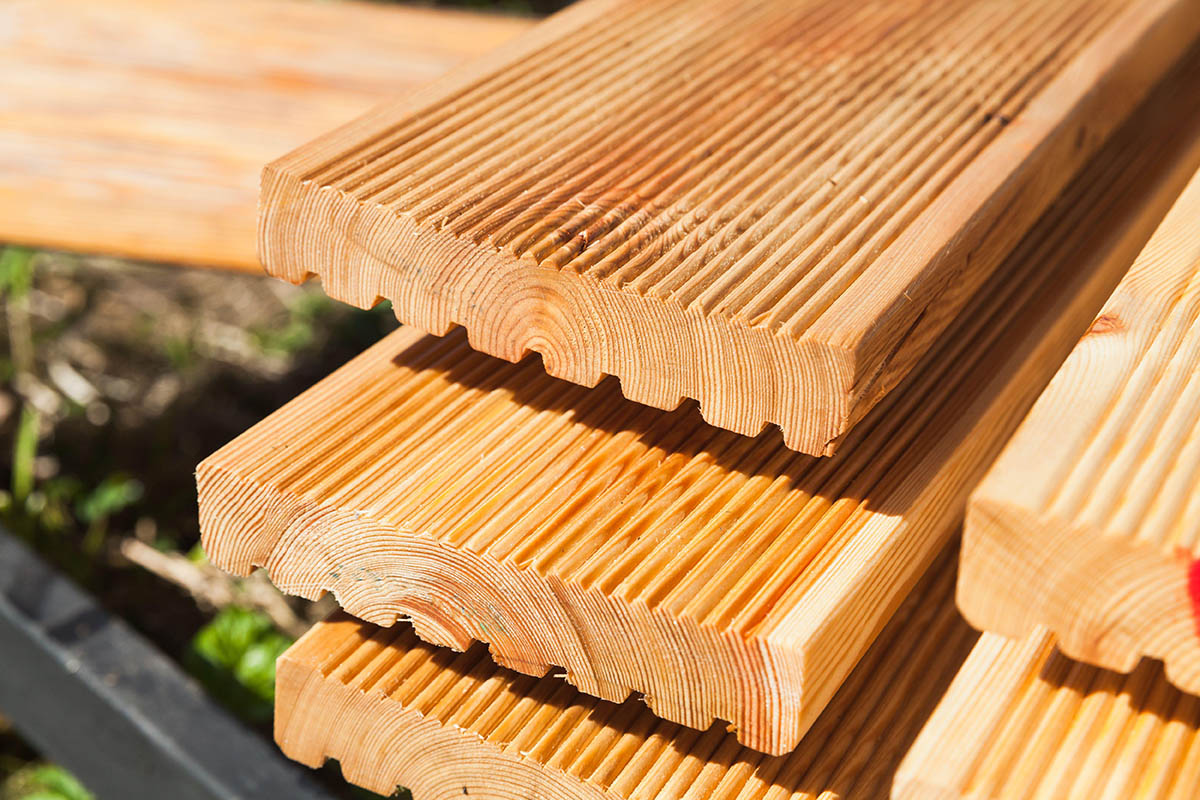

Outdoor Furniture
How Much Are Decking Boards
Modified: March 7, 2024
Shop for outdoor furniture decking boards at affordable prices! Transform your outdoor space with durable and stylish decking boards.
(Many of the links in this article redirect to a specific reviewed product. Your purchase of these products through affiliate links helps to generate commission for Storables.com, at no extra cost. Learn more)
Introduction
When it comes to creating the ideal outdoor space, few things can compare to the charm and functionality of a well-designed deck. Whether you want to transform your backyard into an entertainment hub or simply create a relaxing area to enjoy the sunshine, decking boards are an essential component.
Decking boards not only provide a foundation for your deck but also contribute to its overall aesthetic appeal. From traditional wood options to low-maintenance composite materials, there is a wide range of decking boards available on the market. Before diving into the various types and costs, it is important to understand the factors that can influence the price of decking boards.
Key Takeaways:
- Choose decking boards based on budget and needs
Consider material, quality, size, and location when selecting decking boards. Balance cost and quality for a durable and aesthetically pleasing outdoor space. - Factor in additional costs for a complete deck
Beyond decking boards, budget for installation, substructure, fasteners, finishes, and permits. Be prepared for a comprehensive understanding of total investment.
Read more: How Much Space Between Decking Boards
Factors Affecting the Cost of Decking Boards
Several factors come into play when determining the cost of decking boards. These factors include:
- Material: The type of material used for the decking boards plays a significant role in their cost. Different materials have different price ranges, with wood options generally being more affordable compared to composite and hardwood alternatives.
- Quality: The quality of the decking boards can vary, and higher-quality options often come with a higher price tag. Factors such as durability, resistance to weathering, and overall lifespan can affect the cost.
- Size: The size of the decking boards, typically measured in length, width, and thickness, can impact the cost. Larger and thicker boards tend to be more expensive.
- Installation: The cost of installation is another factor to consider. Whether you plan on installing the decking boards yourself or hiring a professional can affect the overall cost.
- Location: The location where you live can also impact the cost of decking boards. Prices may vary depending on local availability, market demand, and shipping fees.
By considering these factors, you can make informed decisions when selecting the right decking boards for your outdoor space while effectively managing your budget.
Key Takeaways:
- Choose decking boards based on budget and needs
Consider material, quality, size, and location when selecting decking boards. Balance cost and quality for a durable and aesthetically pleasing outdoor space. - Factor in additional costs for a complete deck
Beyond decking boards, budget for installation, substructure, fasteners, finishes, and permits. Be prepared for a comprehensive understanding of total investment.
Read more: How Much Space Between Decking Boards
Factors Affecting the Cost of Decking Boards
When it comes to choosing decking boards for your outdoor space, it is important to consider various factors that can affect their cost. Understanding these factors will help you make informed decisions and find the perfect balance between quality and budget. Here are some key factors to consider:
Material:
The type of material used for the decking boards is one of the primary factors influencing the cost. There are several options available, including wood, composite, and hardwood. Wood decking boards, such as pine, cedar, and redwood, tend to be more affordable compared to composite and hardwood options.
Quality:
The quality of the decking boards goes hand in hand with their cost. Higher-quality boards are often made from premium materials, offering enhanced durability, resistance to weathering, and a longer lifespan. While these high-quality options may come with a higher price tag, they can provide a better long-term investment by requiring less maintenance and replacement.
Size:
The size of the decking boards, including their length, width, and thickness, can impact the cost. Larger and thicker boards generally cost more than smaller ones. It is important to consider the specific requirements of your deck design and choose the appropriate size accordingly.
Installation:
The cost of installation is another factor to consider. If you plan on installing the decking boards yourself, you can save on labor costs. However, if you prefer to hire a professional, you need to take their fees into account. The complexity of the installation process, such as any additional features or obstacles, can also affect the overall cost.
Location:
Your geographical location can influence the cost of decking boards. Prices may vary based on local availability, market demand, and transportation costs. It is recommended to research and compare prices from various suppliers in your area to ensure you are getting the best value for your money.
By considering these factors, you can make informed decisions when selecting decking boards that fit your budget and meet your specific requirements. It is essential to strike a balance between cost and quality to ensure your deck is not only aesthetically pleasing but also durable and long-lasting.
Types of Decking Boards
When it comes to decking boards, there are several types to choose from, each with its own unique characteristics and aesthetic appeal. Understanding the different options available can help you make an informed decision based on your desired look, maintenance preferences, and budget. Here are some of the most popular types of decking boards:
Pine Decking Boards:
Pine is a commonly used wood for decking boards due to its affordability and availability. It has a natural warmth and beauty that can complement any outdoor setting. Pine decking boards are easy to work with, making them a popular choice for DIY enthusiasts. However, it is important to note that pine is a softwood, which means it may be more prone to scratches and dents compared to hardwood alternatives.
Cedar Decking Boards:
Cedar is known for its natural resistance to decay and insects, making it a durable and long-lasting choice for decking boards. It has a rich color and distinctive grain pattern that adds visual interest to any deck. Cedar decking boards require regular maintenance, including staining and sealing, to preserve their appearance and protect them from the elements.
Redwood Decking Boards:
Redwood is a premium decking material known for its natural beauty and durability. It has a rich, reddish-brown color that can add warmth and elegance to any outdoor space. Redwood decking boards are naturally resistant to rot and decay, making them a low-maintenance option. However, they are generally more expensive compared to other wood options.
Composite Decking Boards:
Composite decking boards are made from a combination of wood fibers and recycled plastic. They offer the look of real wood without the maintenance requirements. Composite boards are resistant to fading, staining, and mold, making them an ideal choice for those seeking a low-maintenance deck. While composite boards may have a higher upfront cost, they can save you time and money in the long run due to their durability and longevity.
Hardwood Decking Boards:
Hardwood decking boards, such as ipe, mahogany, and teak, are renowned for their strength, durability, and natural beauty. They offer a luxurious and exotic look that can elevate any outdoor space. Hardwood boards are resistant to rot, insects, and decay, making them a long-lasting option. However, they are typically more expensive than other decking materials and require regular maintenance to preserve their appearance.
Each type of decking board has its own advantages and considerations, so it is important to evaluate your specific needs and preferences before making a decision. Consulting with a decking professional can also provide valuable insights and guidance in selecting the right type of decking board for your outdoor space.
Pine Decking Boards
Pine decking boards are a popular choice for many homeowners due to their affordability and versatility. Pine is a softwood known for its warm and natural appearance, making it a great option for creating a cozy and inviting outdoor space. Here are some key features and considerations when it comes to pine decking boards:
Appearance:
Pine decking boards have a natural, light color that can range from creamy white to pale yellow. Over time, pine tends to develop a patina and may darken with exposure to sunlight. The grain pattern of pine is typically straight, although it may have occasional knots and other natural imperfections that add character to the boards.
Affordability:
One of the main advantages of pine decking boards is their affordability. Pine is widely available and relatively inexpensive compared to other wood species, making it a budget-friendly option for deck construction. If you are working within a tight budget, pine decking boards can provide an attractive and cost-effective solution.
Ease of Installation:
Pine is a softwood, which means it is relatively easy to work with. It can be cut, drilled, and shaped with standard woodworking tools, making it a suitable choice for DIY enthusiasts. However, it is important to note that pine decking boards may be more prone to scratches and dents compared to hardwood alternatives. Taking precautions, such as using furniture pads and avoiding dragging heavy objects, can help minimize damage.
Maintenance:
Pine decking boards require regular maintenance to preserve their appearance and protect them from the elements. This typically involves staining or sealing the boards every few years to prevent moisture absorption and to enhance their durability. It is important to follow the manufacturer’s recommendations for maintenance products and procedures to ensure optimal results.
Sustainability:
When selecting pine decking boards, it is essential to ensure that the wood is sourced sustainably. Look for products that are certified by organizations such as the Forest Stewardship Council (FSC) or the Programme for the Endorsement of Forest Certification (PEFC). These certifications ensure that the wood comes from responsibly managed forests, minimizing the environmental impact.
In summary, pine decking boards offer an affordable and visually appealing option for creating a beautiful outdoor deck. With proper maintenance and care, pine decking can provide many years of enjoyment. Whether you are a DIY enthusiast or hiring a professional, pine decking boards can be a great choice for transforming your outdoor space into a cozy retreat.
Cedar Decking Boards
Cedar decking boards are a popular choice among homeowners looking for a durable and visually appealing deck material. Cedar is a type of softwood known for its natural beauty and resistance to decay, making it an excellent option for outdoor applications. Here are some key features and considerations when it comes to cedar decking boards:
Appearance:
Cedar decking boards have a warm, reddish-brown color with natural variations in grain patterns. The wood has a distinct aroma that adds to its charm. Over time, cedar can develop a silver-gray patina when exposed to the elements, which some homeowners find appealing. The natural beauty and rich hue of cedar make it an attractive choice for any outdoor space.
Durability:
Cedar is naturally resistant to decay, rot, and insect damage. It contains natural oils and compounds that act as preservatives, making it a durable option for decking boards. When properly cared for and maintained, cedar decking boards can easily last for several decades.
Maintenance:
While cedar decking boards are naturally resistant to decay, they do require regular maintenance to preserve their appearance and protect them from the elements. Typically, this involves regular cleaning and periodic staining or sealing. The frequency of maintenance may vary depending on the climate, sun exposure, and desired appearance.
Resistance to Moisture:
Cedar has natural properties that make it resistant to moisture absorption and warping. This resistance to moisture also helps to prevent the growth of molds and mildew on the surface of the decking boards. However, it is still recommended to provide proper ventilation and drainage for the deck structure to further enhance its longevity.
Cost:
Cedar is considered a premium decking material, and as such, it is typically more expensive than other softwood options such as pine. However, it is important to consider the long-term value and lifespan of cedar decking boards when comparing costs. The durability and natural resistance to decay can make cedar a worthwhile investment.
Sustainability:
When selecting cedar decking boards, it is essential to ensure that the wood is sourced responsibly. Look for products that are certified by organizations such as the Forest Stewardship Council (FSC) or the Programme for the Endorsement of Forest Certification (PEFC). These certifications ensure that the wood comes from sustainably managed forests, reducing the environmental impact.
In summary, cedar decking boards offer a beautiful and durable option for outdoor decks. With their natural resistance to decay, rich color, and distinct aroma, cedar decking can enhance the aesthetic appeal of any outdoor space. While it may require regular maintenance, the longevity and natural characteristics of cedar make it a popular choice among homeowners.
When pricing decking boards, consider the material (wood, composite, PVC), length, width, and thickness. Also factor in additional costs like installation, maintenance, and any necessary accessories.
Redwood Decking Boards
Redwood decking boards are a top choice for homeowners seeking a durable and visually stunning deck material. Redwood is a premium softwood known for its natural beauty, rich color, and exceptional resistance to rot and decay. Here are some key features and considerations when it comes to redwood decking boards:
Appearance:
Redwood decking boards showcase a striking, reddish-brown color with beautiful grain patterns, giving them a warm and inviting look. The distinctive color of redwood can add a touch of elegance and sophistication to any outdoor space. Over time, redwood may develop a silver-gray patina when exposed to the elements, which some homeowners find appealing.
Durability:
One of the most remarkable aspects of redwood is its natural resistance to rot, decay, and insect damage. The wood contains tannins and natural oils that act as preservatives, making redwood decking boards highly durable and long-lasting. With proper care and maintenance, redwood decks can remain structurally sound for several decades.
Maintenance:
While redwood is naturally resistant to rot and decay, regular maintenance is still necessary to preserve the wood’s appearance and prolong its lifespan. This typically involves cleaning the deck periodically and applying a protective finish to shield the wood from UV rays and moisture. The frequency of maintenance may vary depending on factors such as sun exposure and climate.
Stability:
Redwood has excellent dimensional stability, meaning it is less prone to warping, twisting, and cupping compared to other woods. This stability allows it to maintain its shape and structure even in changing weather conditions, ensuring a sturdy and reliable deck surface.
Environmental Considerations:
Redwood is considered an environmentally friendly decking material. Many redwood suppliers source their wood from sustainably managed forests or restoration projects, ensuring responsible forestry practices. Choosing redwood for your deck can contribute to the preservation and conservation of forests for future generations to enjoy.
Cost:
Redwood is generally more expensive than other softwood options due to its superior durability and aesthetic appeal. However, the investment in redwood decking boards can pay off in the long run, as their longevity and low maintenance requirements can save you time and money over the life of your deck.
In summary, redwood decking boards offer a combination of natural beauty and exceptional durability. With their rich color, resistance to decay, and environmental sustainability, redwood decks are highly sought after by homeowners. While they may require regular maintenance, the stunning appearance and long lifespan of redwood make it a worthy choice for creating a stunning outdoor living space.
Composite Decking Boards
Composite decking boards have become increasingly popular among homeowners looking for a low-maintenance and durable deck material. Made from a combination of wood fibers and recycled plastic, composite decking boards offer a wide range of benefits and advantages. Here are some key features and considerations when it comes to composite decking boards:
Appearance:
Composite decking boards come in a variety of colors, textures, and finishes, allowing you to achieve the desired look for your outdoor space. Whether you prefer the appearance of natural wood grains or a more modern and sleek design, composite boards can provide a versatile and aesthetically pleasing option for your deck.
Durability:
One of the main advantages of composite decking boards is their exceptional durability. They are resistant to rot, decay, splintering, and insect damage. Unlike traditional wood decking, composite boards do not warp, crack, or split over time, ensuring a long-lasting and reliable deck surface.
Low Maintenance:
Composite decking requires minimal maintenance compared to traditional wood decking. Unlike wood, composite boards do not require staining, sealing, or painting to maintain their appearance. Regular cleaning with soap and water is usually sufficient to keep composite decks looking clean and vibrant. This makes composite decking an ideal choice for homeowners looking to spend less time on upkeep.
Resistance to Fading and Staining:
Composite decking boards are designed to resist fading, which can be a common problem with traditional wood decking exposed to UV rays. Additionally, composite boards are highly resistant to stains, making them easier to clean and maintain their original color and beauty over time.
Eco-Friendly:
Composite decking boards are an environmentally friendly choice. With their use of recycled materials, they help reduce the demand for new timber, divert plastic waste from landfills, and contribute to a more sustainable future. Many composite decking manufacturers also prioritize sustainability in their production processes.
Cost:
Composite decking boards are generally more expensive upfront compared to traditional wood decking. However, the long-term savings in maintenance costs and the increased lifespan of composite boards can offset the initial investment. Consider the overall value and longevity of composite decking when comparing costs.
In summary, composite decking boards offer a low-maintenance and durable solution for outdoor decks. With their wide range of styles and colors, composite boards can deliver both aesthetic appeal and functional benefits. Whether you want a deck that mimics the look of natural wood or prefer a more modern design, composite decking is an excellent choice for creating a long-lasting and beautiful outdoor space.
Hardwood Decking Boards
Hardwood decking boards are renowned for their exceptional beauty, durability, and natural resistance to rot and decay. With their luxurious appearance and long-lasting qualities, hardwood decks can transform any outdoor space into a stunning retreat. Here are some key features and considerations when it comes to hardwood decking boards:
Appearance:
Hardwood decking boards offer a rich and elegant aesthetic that is hard to match. The natural colors, grains, and textures of hardwood, such as ipe, mahogany, and teak, can add a touch of sophistication and timeless beauty to any outdoor area. From deep and dark hues to warm and golden tones, hardwood decks have a unique and luxurious appeal.
Durability:
One of the primary advantages of hardwood decking boards is their outstanding durability. Hardwood species are known for their natural resistance to rot, decay, and insect damage. Their dense and sturdy composition enables them to withstand harsh weather conditions, heavy foot traffic, and other external elements. With proper maintenance, hardwood decks can last for several decades.
Maintenance:
Maintaining hardwood decking boards typically involves regular cleaning and periodic application of protective finishes. While some hardwoods, such as ipe, are naturally resistant to moisture and UV damage, applying a protective sealant can help preserve the wood’s color and enhance its longevity. Regular cleaning removes dirt and debris, preventing mold and mildew growth.
Stability:
Hardwood decking boards exhibit excellent dimensional stability, meaning they are less likely to warp, twist, or cup compared to other materials. This stability ensures a sturdy and level deck surface, even in fluctuating weather conditions or high-traffic areas.
Natural Resistance and Hardness:
Hardwood species, like ipe and teak, possess natural oils and tannins that make them highly resistant to pests and fungi. Additionally, hardwoods are renowned for their exceptional hardness, which contributes to their durability and resistance to wear and tear. This hardness also makes hardwood decking boards less prone to scratches, dents, and other forms of damage.
Cost:
Hardwood decking boards are generally more expensive upfront compared to other deck materials. The superior quality, beauty, and longevity of hardwoods contribute to their higher cost. However, it is important to consider the long-term value and lifespan of hardwood decks. The durability and timeless appeal of hardwood make it a worthwhile investment for those seeking a premium outdoor space.
In summary, hardwood decking boards offer an unparalleled level of beauty, durability, and natural resistance. With their luxurious appearance and exceptional longevity, hardwood decks can transform your outdoor area into a breathtaking retreat. While they may require regular maintenance to preserve their beauty, the investment in hardwood decking is often seen as a long-term investment that adds value and elegance to your home.
Read more: How To Replace A Deck Board
Cost of Decking Boards by Material
The cost of decking boards can vary significantly depending on the material chosen. Here is a breakdown of the average cost range for different decking board materials:
Pine Decking Boards:
Pine decking boards are the most affordable option, with prices ranging from $1.50 to $4 per linear foot. The lower cost of pine is due to its availability and relatively easy sourcing and processing.
Cedar Decking Boards:
Cedar decking boards are slightly more expensive than pine, with prices typically ranging from $3 to $7 per linear foot. The higher cost is due to the natural resistance to rot and insect damage, as well as the beautiful appearance of cedar wood.
Redwood Decking Boards:
Redwood decking boards are considered a premium option, with prices ranging from $8 to $12 per linear foot. The higher cost reflects the exceptional durability and natural resistance of redwood to rot and decay.
Composite Decking Boards:
Composite decking boards are available in a wide price range, typically starting from $4 to $10 per linear foot. The cost will depend on factors such as the brand, quality, and specific features of the composite material.
Hardwood Decking Boards:
Hardwood decking boards are the most expensive option, with prices ranging from $8 to $15 per linear foot. The higher cost is justified by the exceptional durability, natural beauty, and unique properties of hardwood species.
It is important to note that these cost ranges are approximate and can vary based on factors such as the geographical location, market demand, availability, and any additional features or treatments.
In addition to the cost of the decking boards, it is also crucial to consider the costs of installation and any additional materials required, such as fasteners, sealants, and railing systems. Hiring a professional to install the deck can add to the overall cost, while installing the boards yourself can save on labor expenses.
It is recommended to obtain quotes from multiple suppliers and contractors to compare prices and ensure you are getting the best value for your investment. Additionally, consider the long-term costs and benefits of each decking material to make an informed decision that aligns with your budget and specific requirements.
Additional Costs to Consider
When planning a deck project, it’s important to consider the additional costs that may arise beyond the price of the decking boards themselves. These costs can vary depending on factors such as the size and complexity of the project, the materials used, and any additional features or accessories. Here are some common additional costs to consider:
Installation:
If you’re not planning to install the decking boards yourself, hiring a professional contractor will incur additional costs. The cost of installation can vary depending on factors such as the size of the deck, the complexity of the design, and the rates charged by the contractor. Obtaining multiple quotes from different contractors can help you compare costs and find the best option for your budget.
Decking Substructure:
In addition to the decking boards, you’ll need a sturdy substructure to support the weight of the deck. This can include components such as joists, beams, and posts. The cost of the substructure will depend on the size and height of the deck, as well as the materials used. Pressure-treated lumber is a common and affordable option for the substructure, but there are also alternative materials available, such as steel framing systems, which can increase the overall cost.
Fasteners:
It’s important to use the proper fasteners to secure the decking boards to the substructure. Depending on the material of the decking boards and the substructure, different types of fasteners may be required. Stainless steel screws and hidden fastening systems are popular choices for securing decking boards, but these come with additional costs that should be factored into your budget.
Finishes and Sealants:
Applying a finish or sealant to the decking boards can help protect them from the elements and enhance their longevity. Depending on your preferences, you may choose to stain, paint, or apply a clear sealant. The cost of finishes and sealants can vary depending on the brand and type of product selected.
Railing Systems:
If your deck requires a railing system for safety or aesthetics, you’ll need to budget for the cost of railing posts, balusters or spindles, and any additional accessories. The cost of railing systems can vary depending on the material used, such as wood, composite, aluminum, or glass.
Permits and Inspections:
Before proceeding with your deck project, be aware that you may need to obtain permits from your local municipality. Permit costs can vary depending on the location and the size of the deck. Additionally, some areas may require inspections throughout the construction process, and these may come with additional fees.
By considering these additional costs and factoring them into your budget, you can ensure that you have a comprehensive understanding of the total investment required for your deck project. It’s important to be prepared for these costs to avoid any unexpected financial surprises and to ensure a smooth and successful deck construction process.
Conclusion
Designing and building a deck involves careful consideration of the decking boards, as they play a crucial role in both the appearance and functionality of your outdoor space. By understanding the various types of decking boards and their associated costs, you can make an informed decision that suits your budget and meets your desired aesthetic and durability requirements.
Factors such as material, quality, size, installation, and location all contribute to the cost of decking boards. Pine decking boards offer affordability and easy installation, while cedar and redwood decking boards provide natural resistance to decay and insects. Composite decking boards offer low maintenance and durability, while hardwood decking boards exude elegance and exceptional longevity.
When evaluating the cost of decking boards, it is essential to consider the additional expenses that can arise, including installation, substructure, fasteners, finishes, and railing systems. Obtaining multiple quotes, understanding the specific requirements of your project, and considering long-term maintenance and durability can help you make a well-informed decision.
While budget is a significant consideration, it is important to strike a balance between price and quality. Investing in higher-quality decking boards can often result in a more durable, beautiful, and long-lasting deck that will bring you years of enjoyment and increase the value of your home.
Remember to also consider the environmental impact of your choices. Opting for sustainably sourced materials and practicing responsible maintenance can contribute to a more eco-friendly deck and a greener future.
In conclusion, decking boards are a vital component of any outdoor deck project. By understanding the different types of decking boards available, their associated costs, and the additional expenses to consider, you can make an informed decision that suits your budget, style, and desired level of maintenance. Whether you choose pine, cedar, redwood, composite, or hardwood decking boards, careful planning, proper installation, and regular maintenance will ensure that your deck remains a beautiful and functional space for years to come.
Frequently Asked Questions about How Much Are Decking Boards
Was this page helpful?
At Storables.com, we guarantee accurate and reliable information. Our content, validated by Expert Board Contributors, is crafted following stringent Editorial Policies. We're committed to providing you with well-researched, expert-backed insights for all your informational needs.
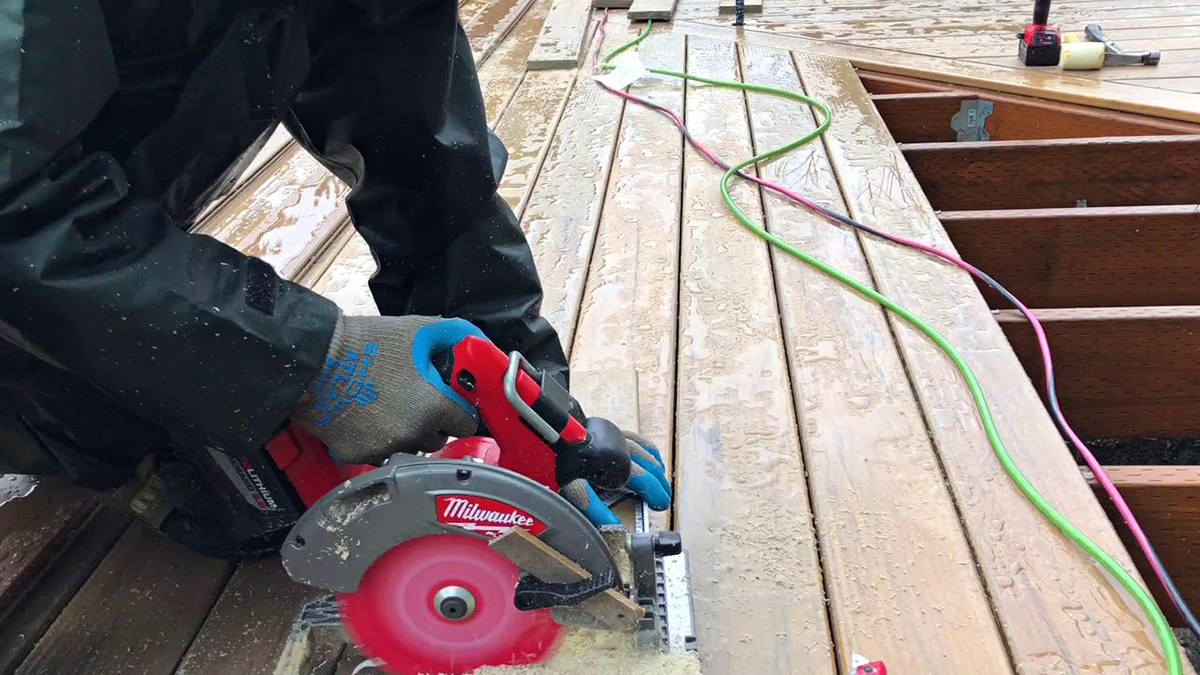
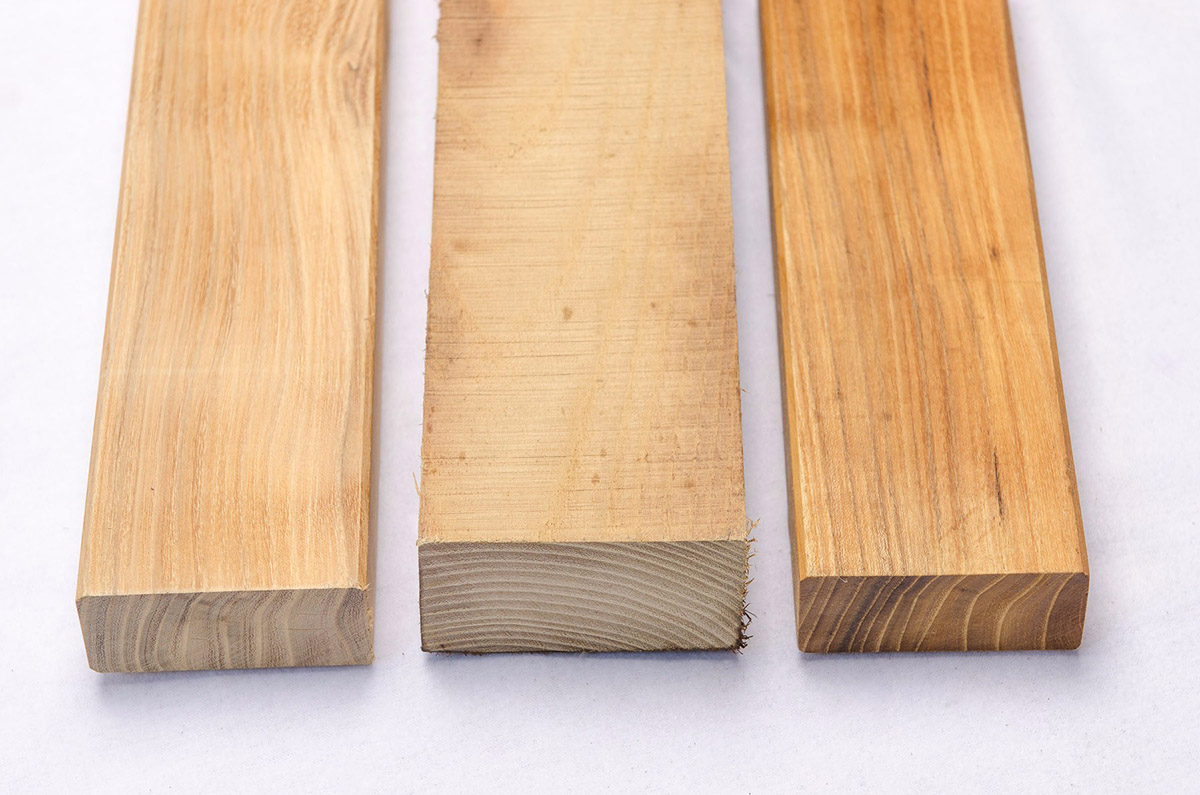
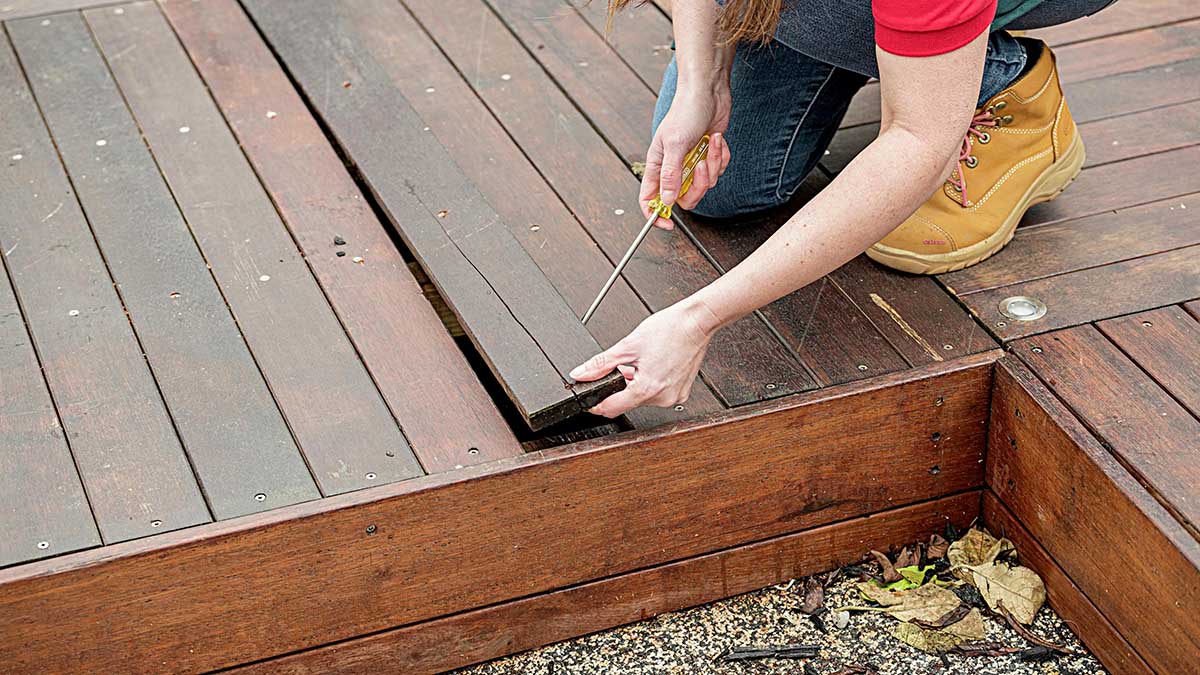
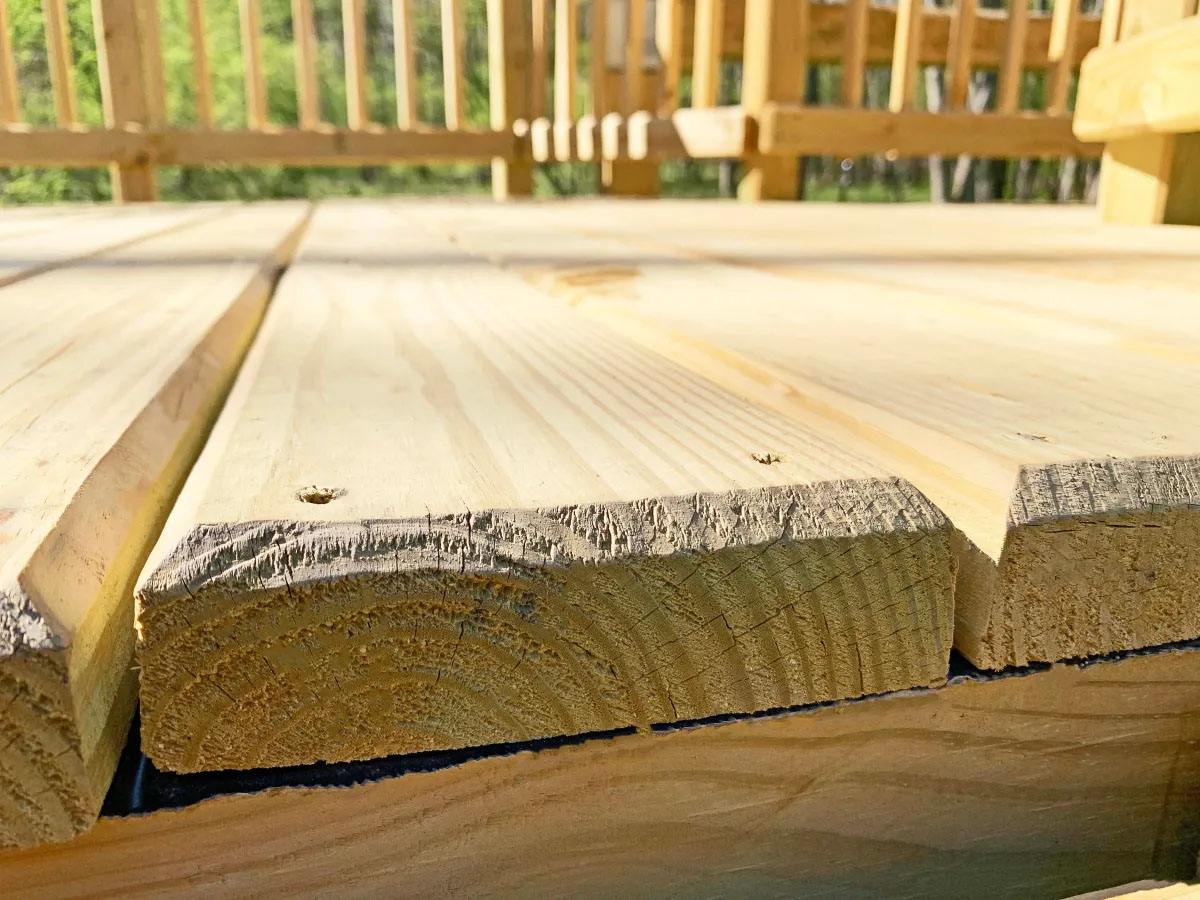
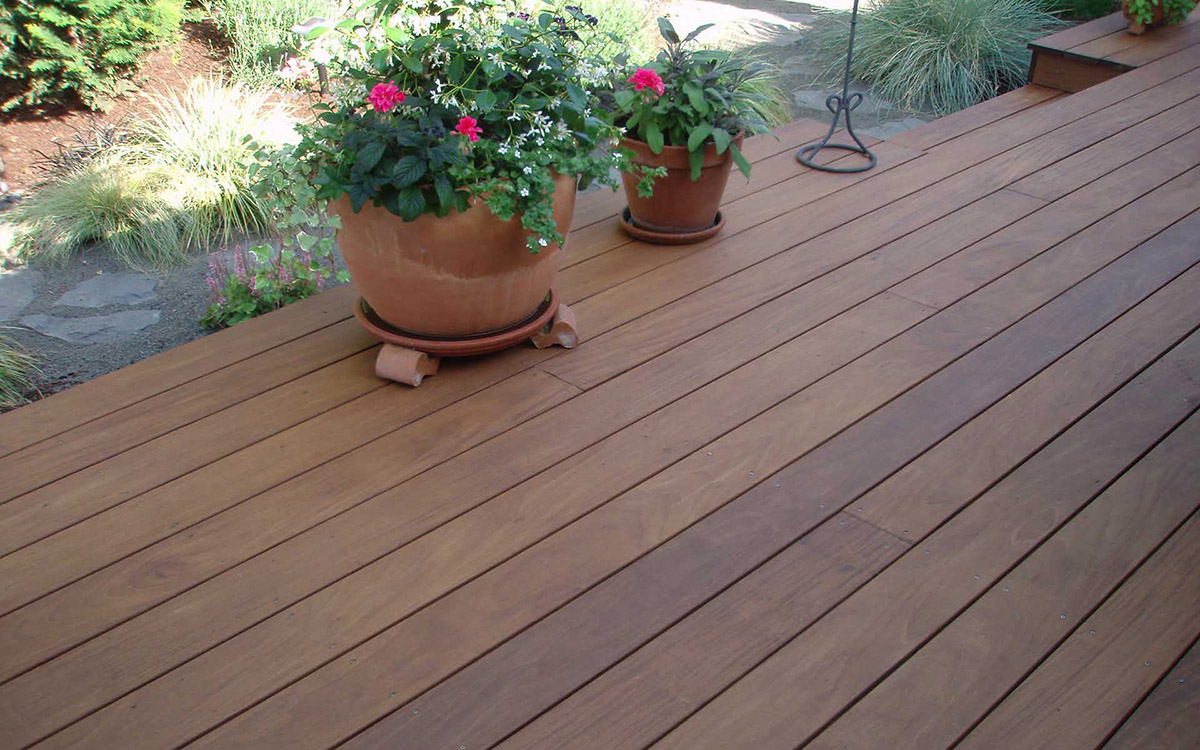
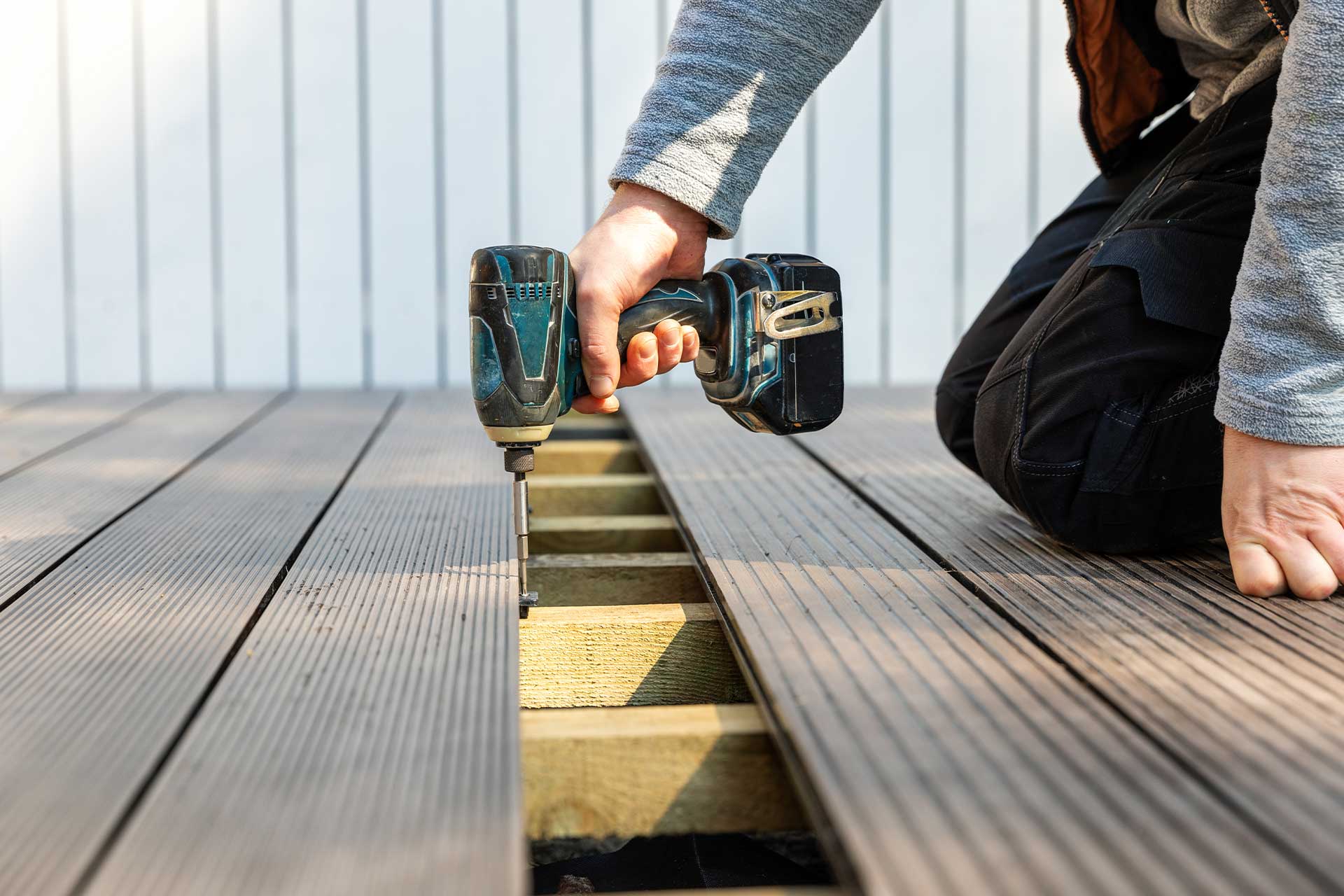
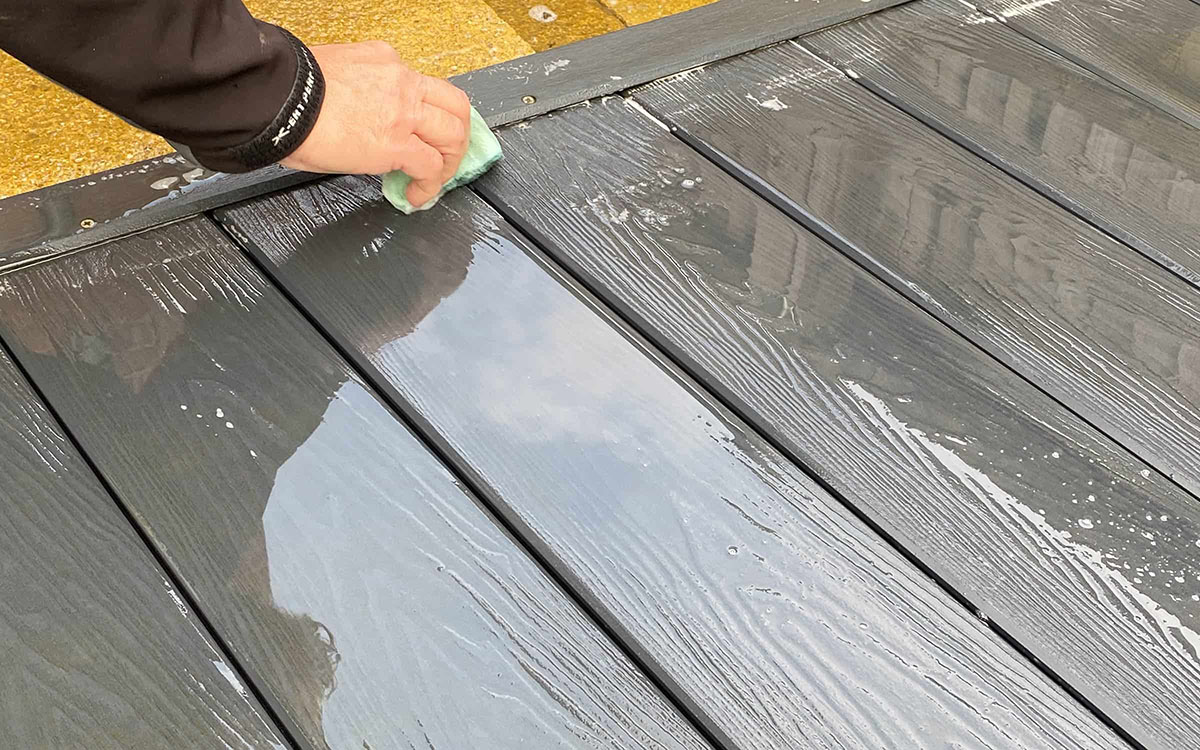
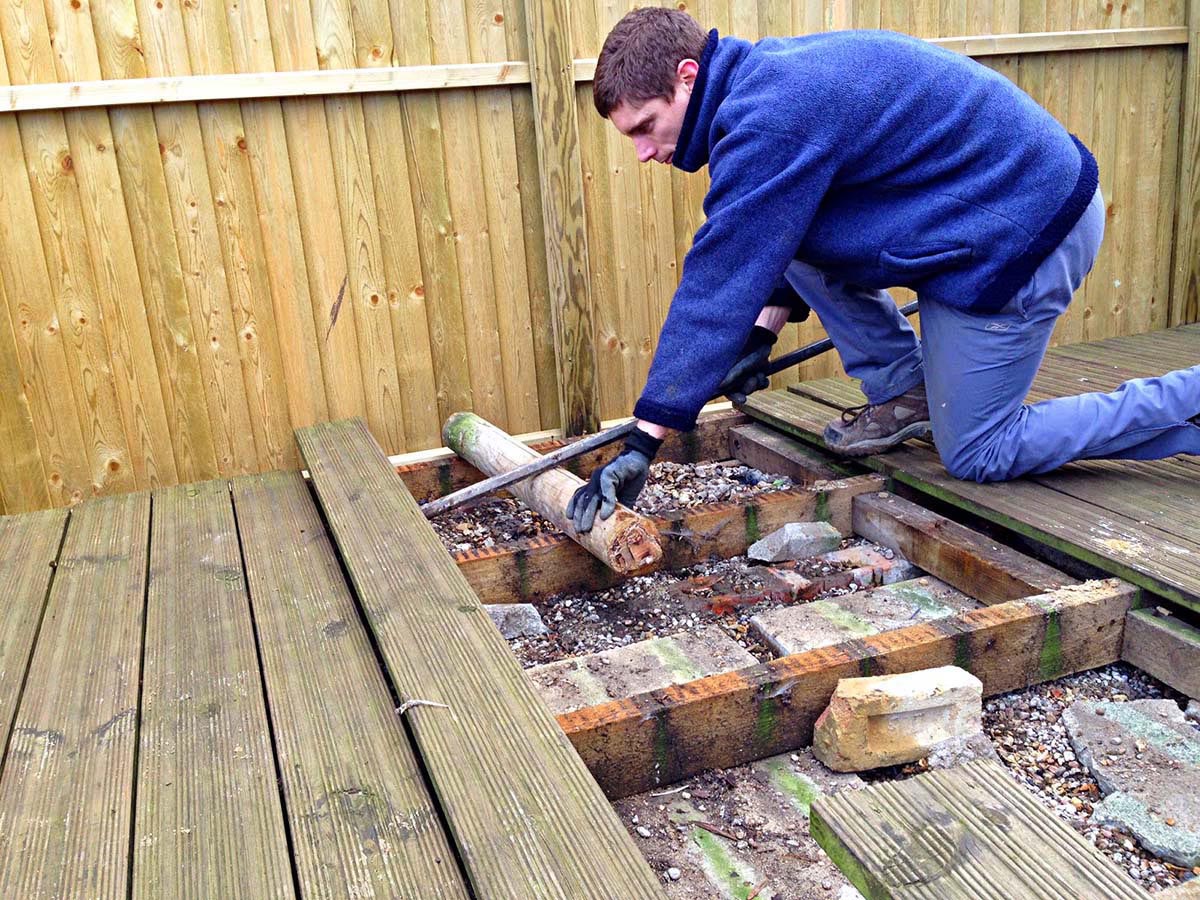
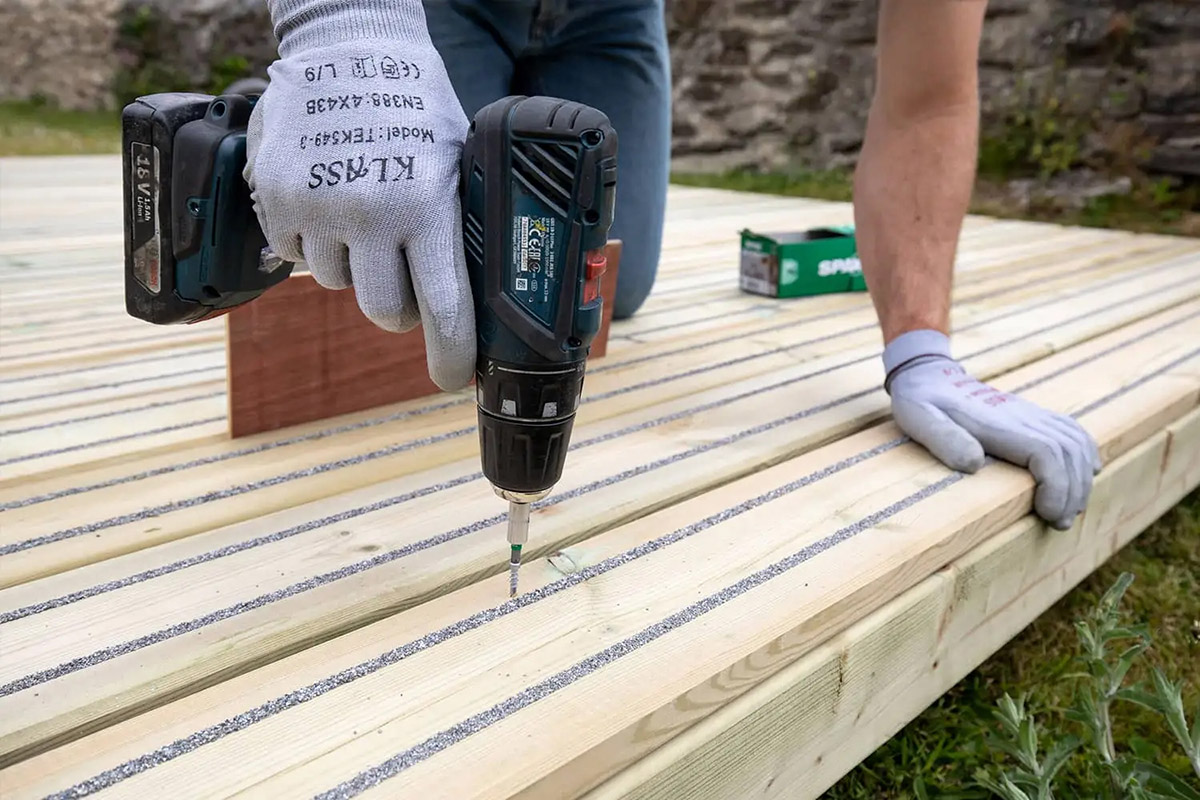
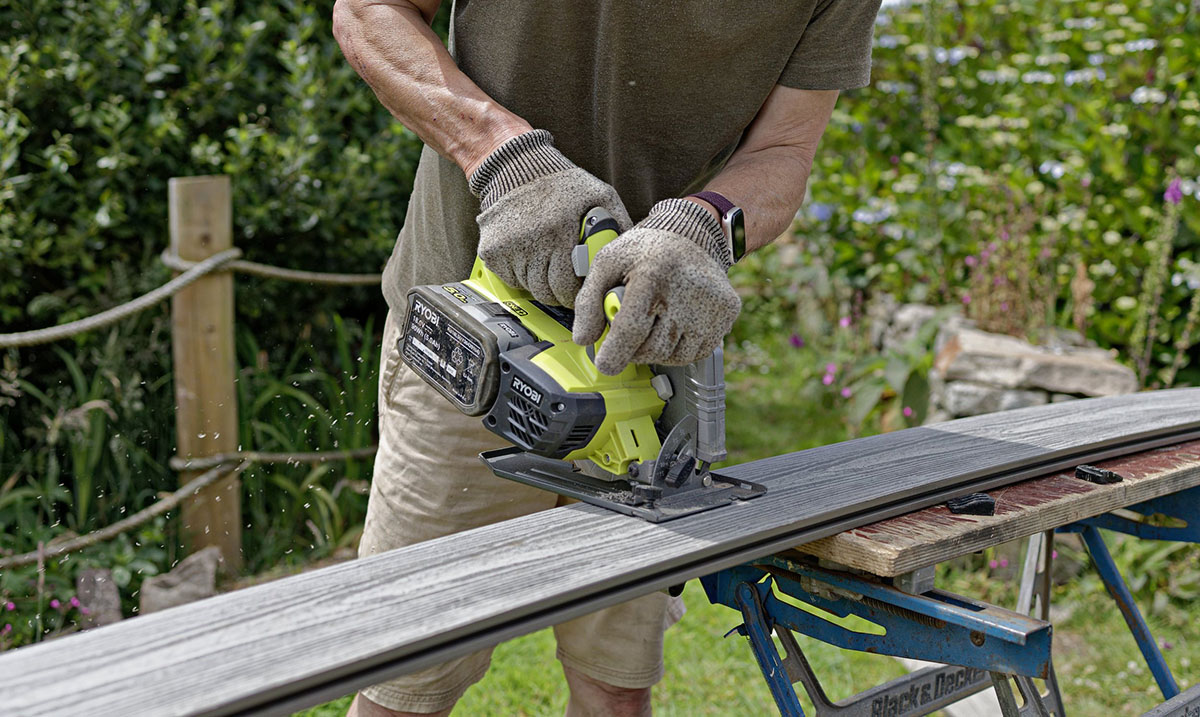
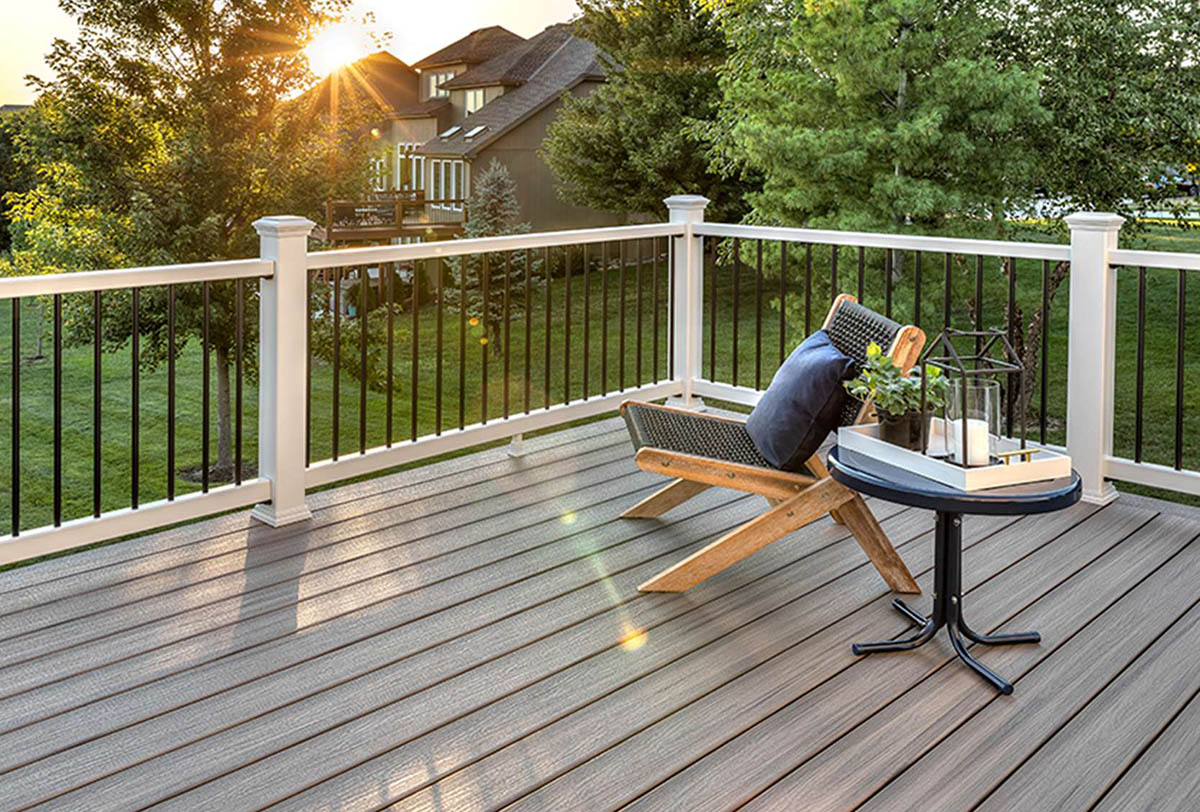
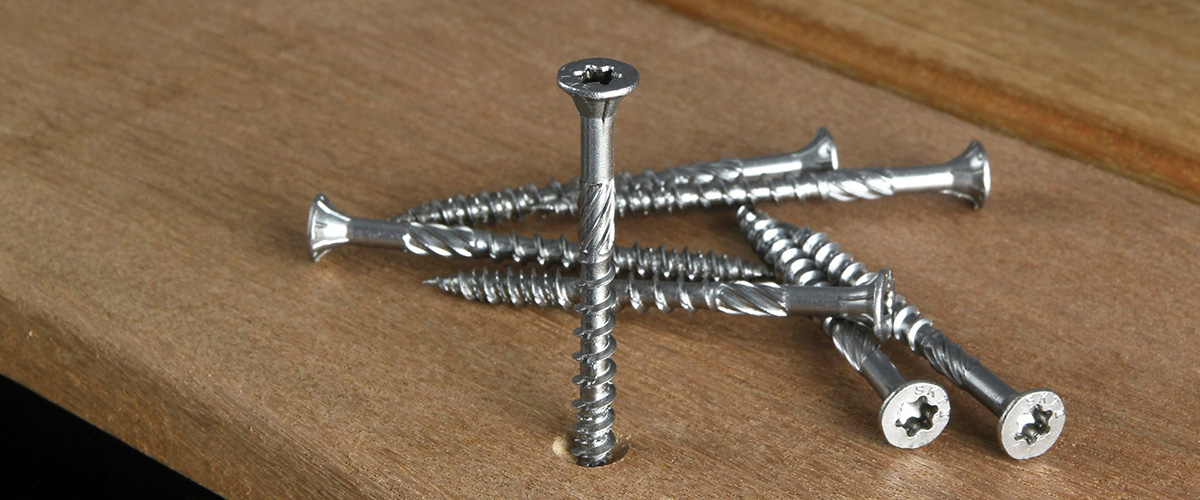
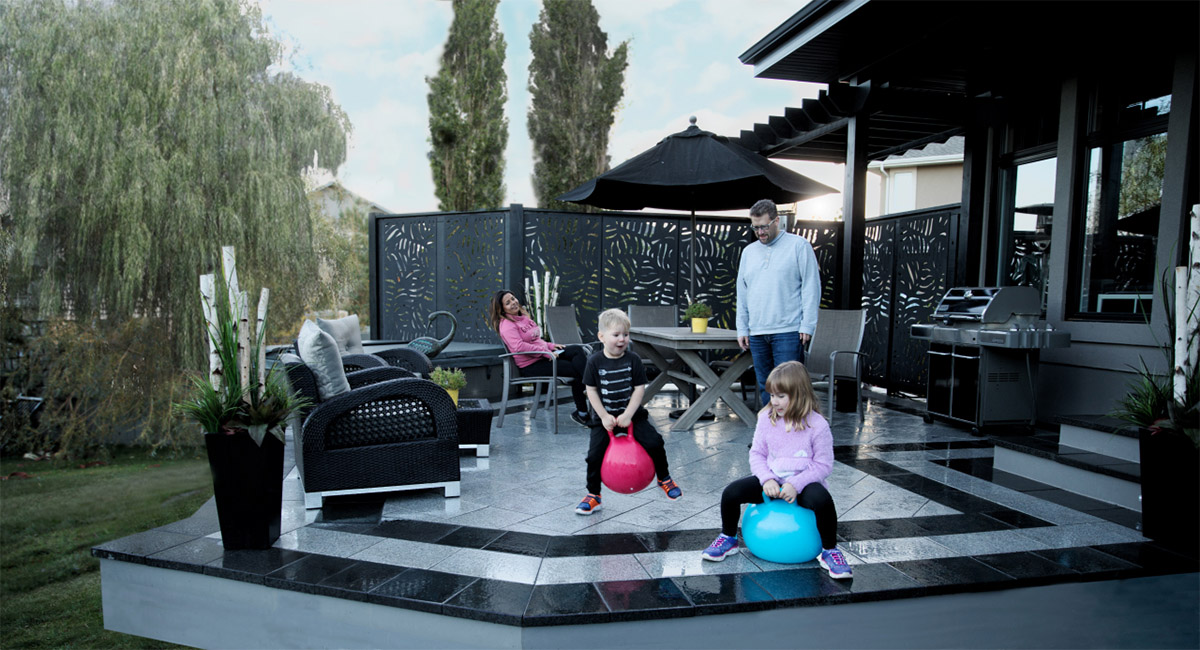

0 thoughts on “How Much Are Decking Boards”